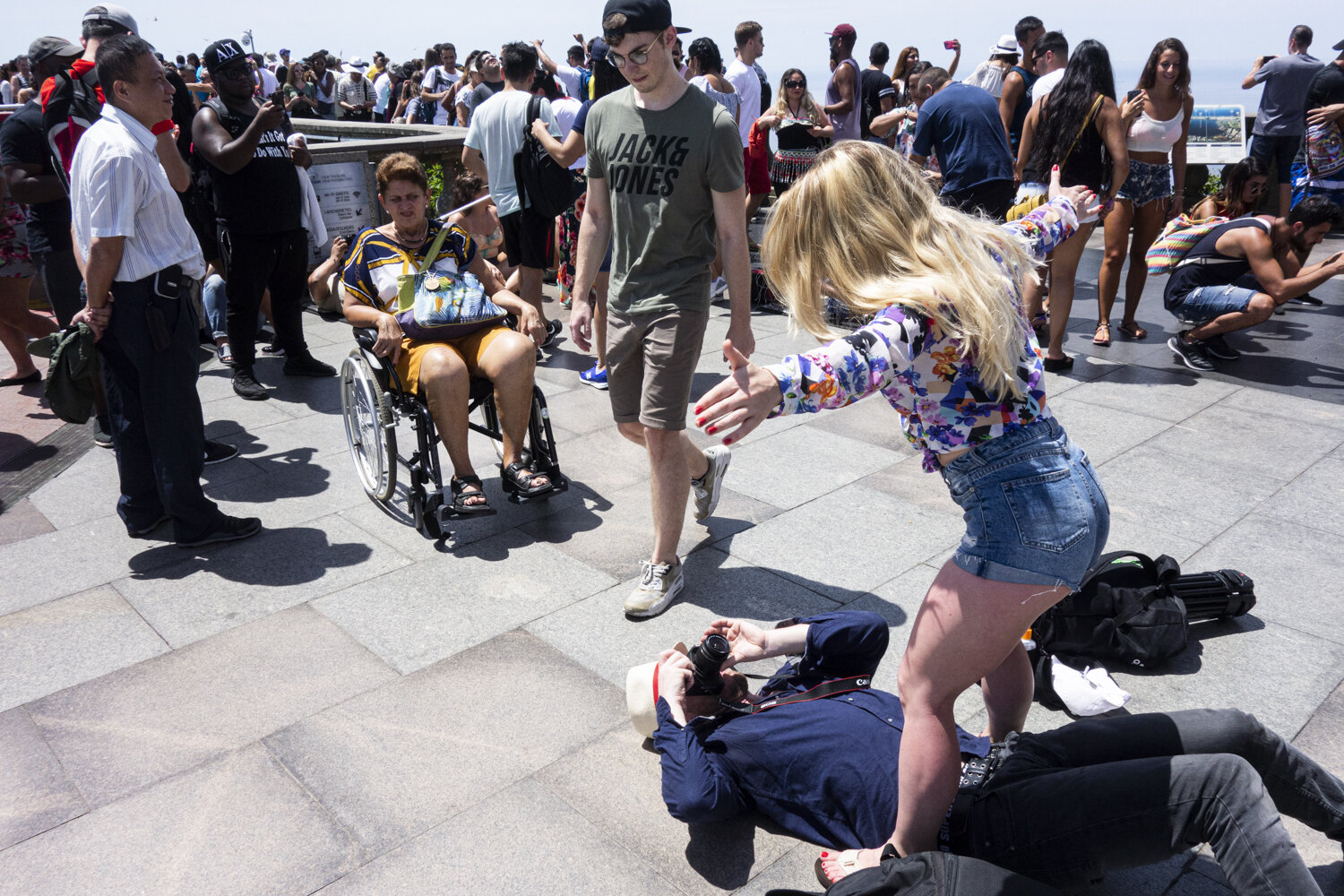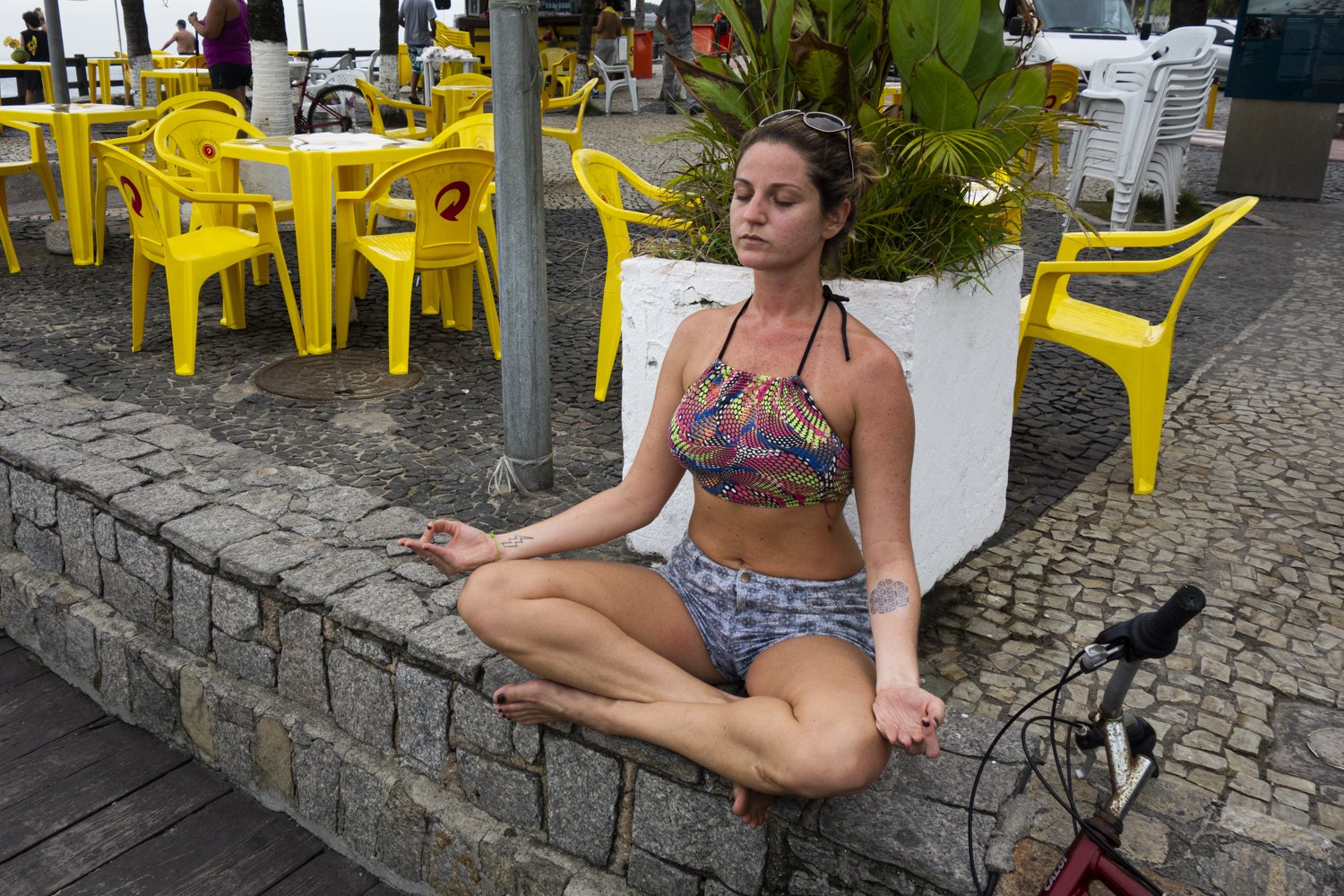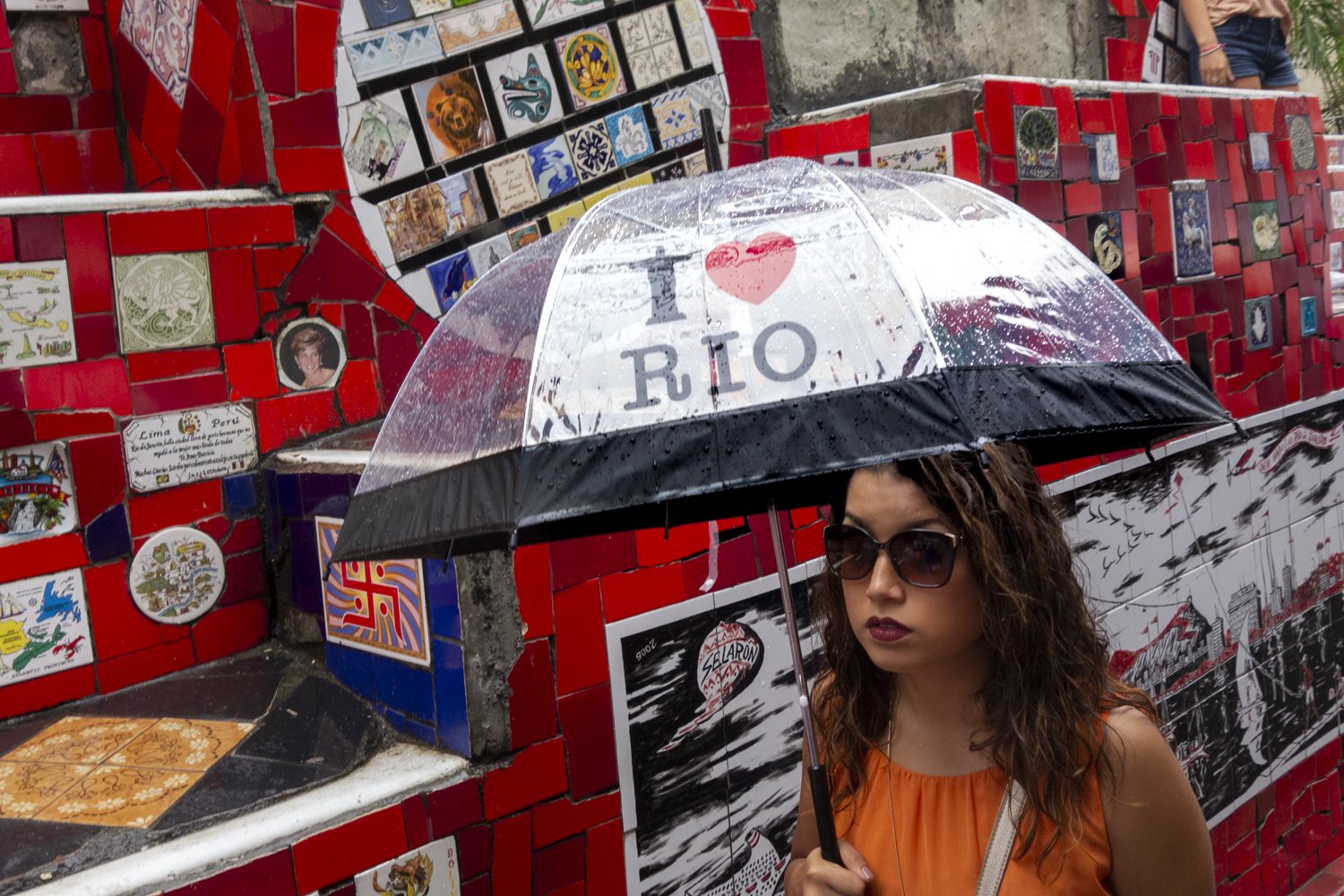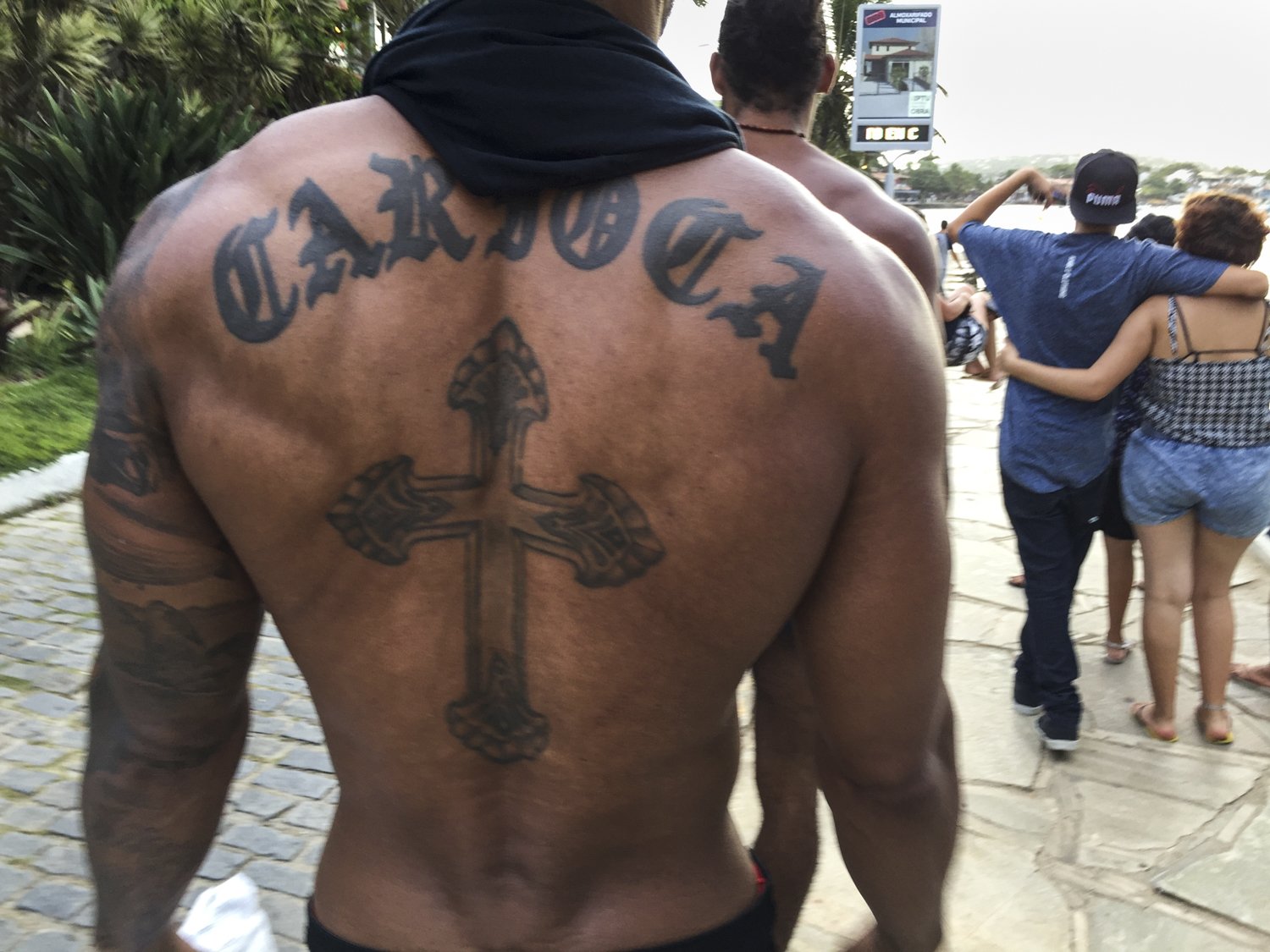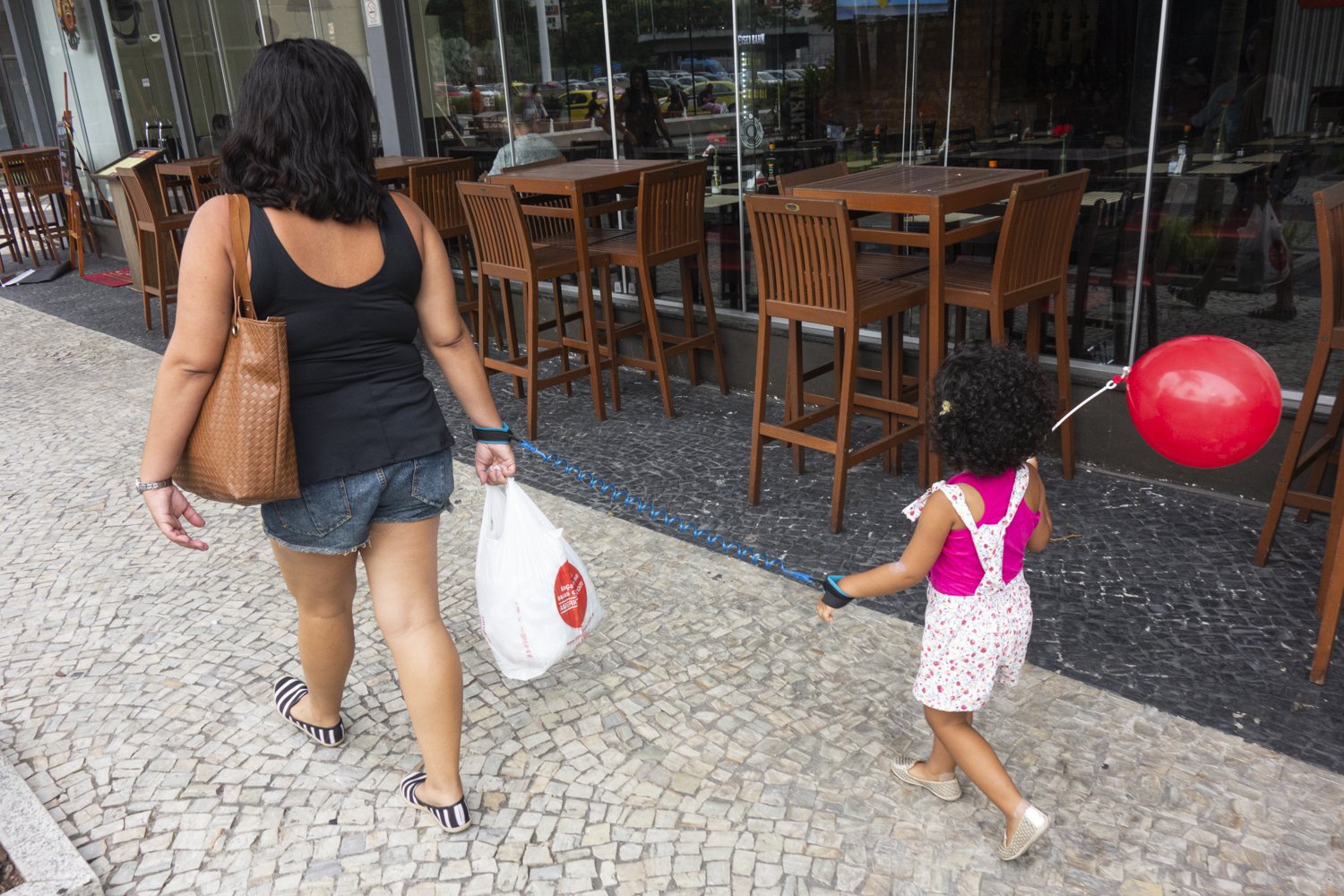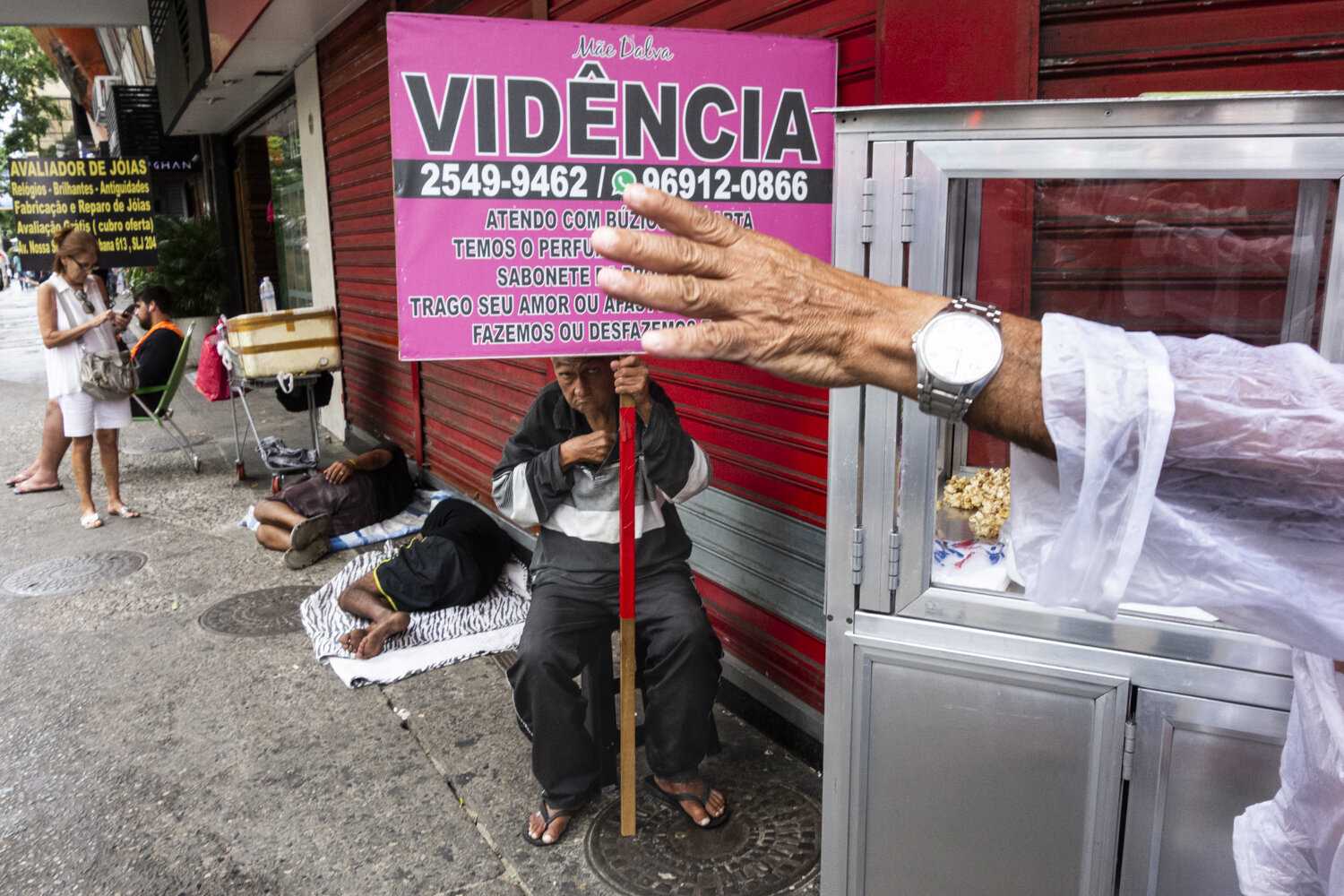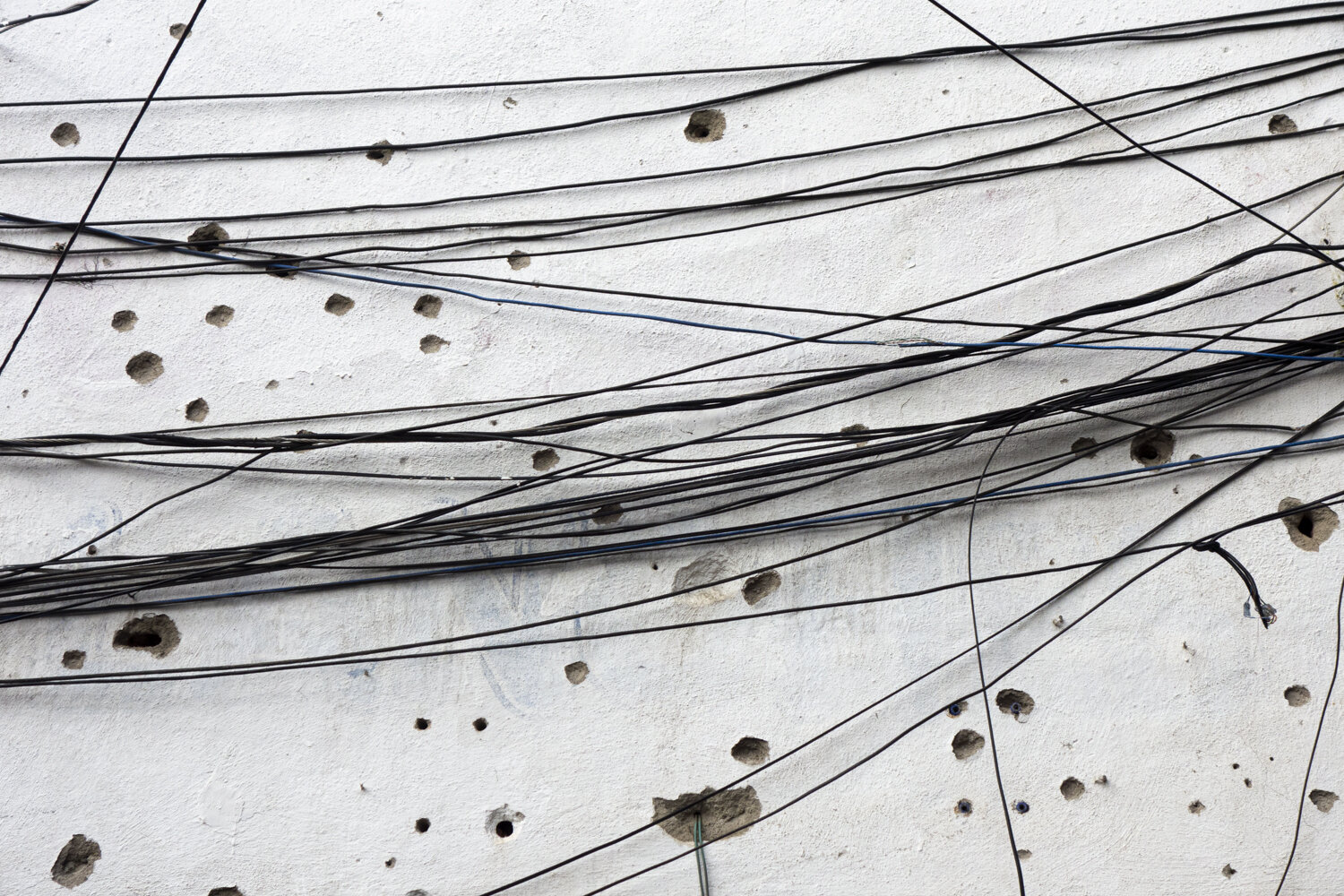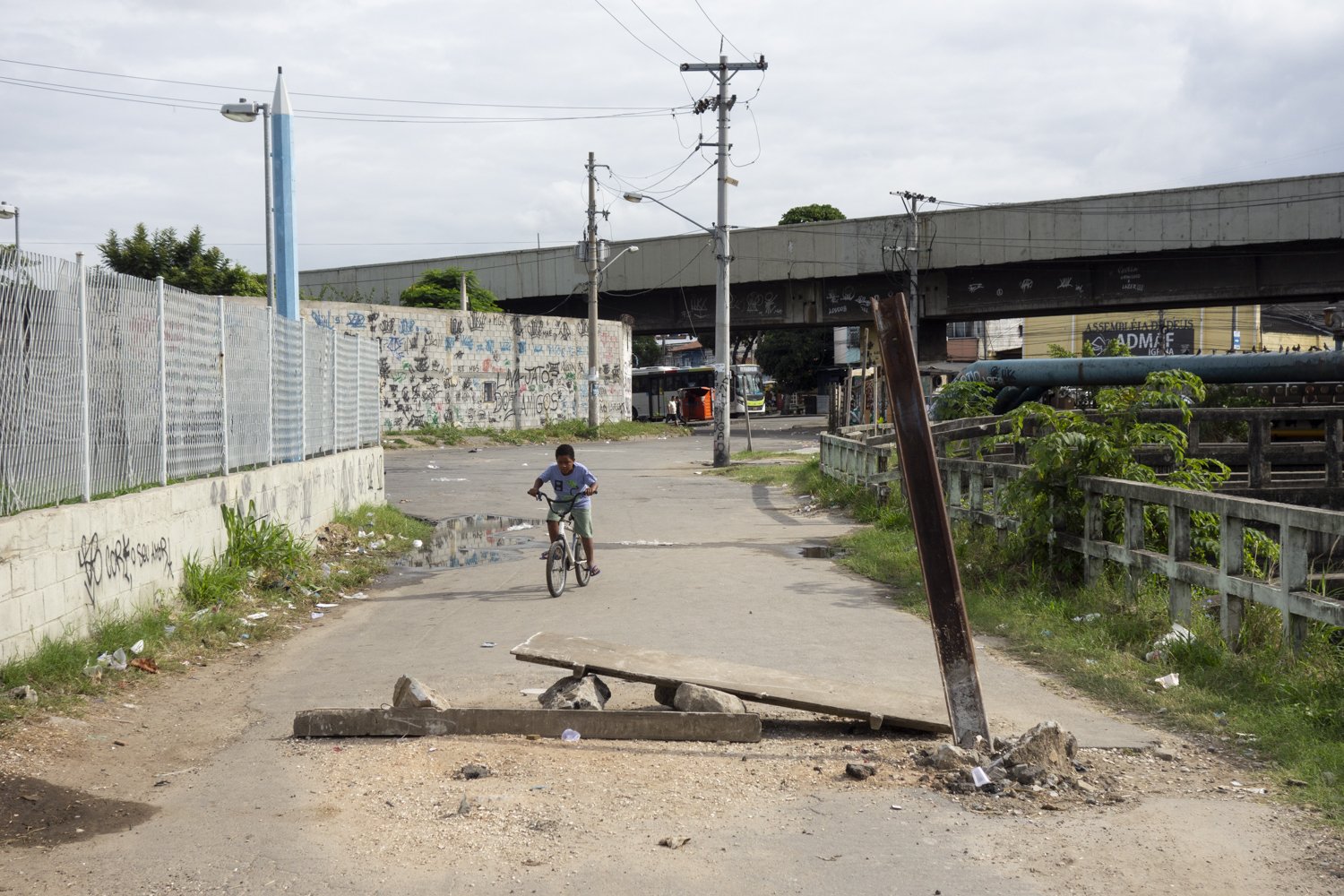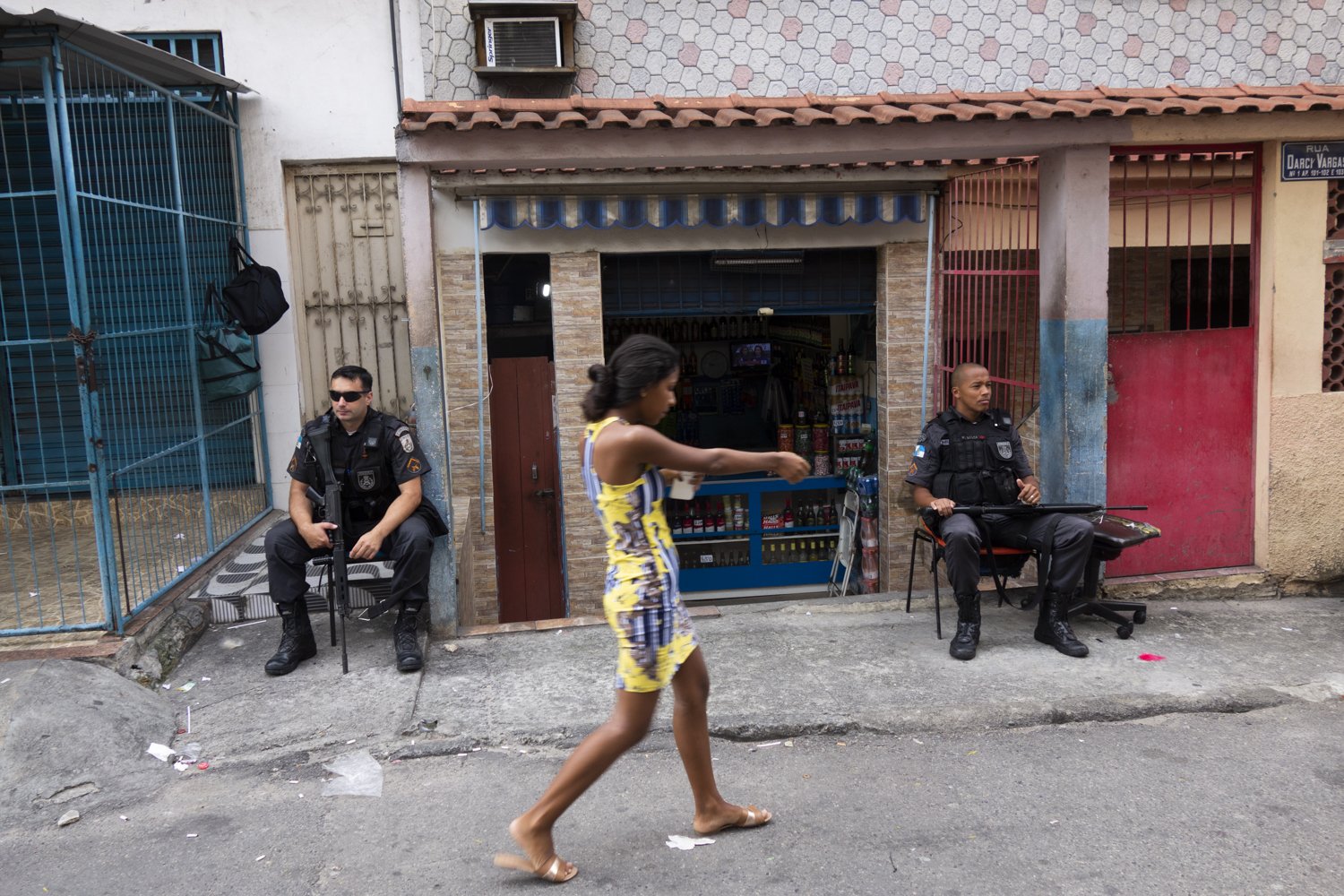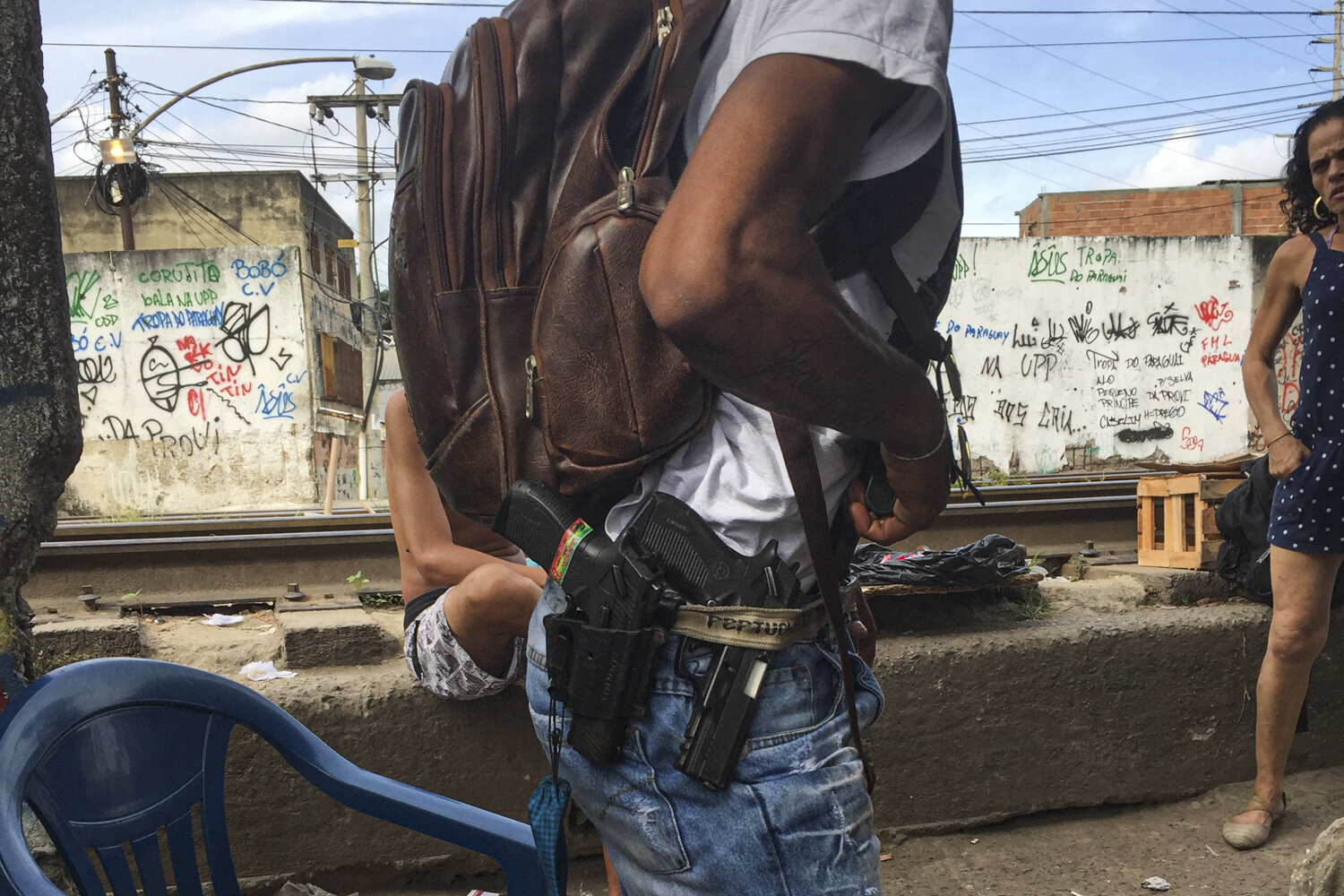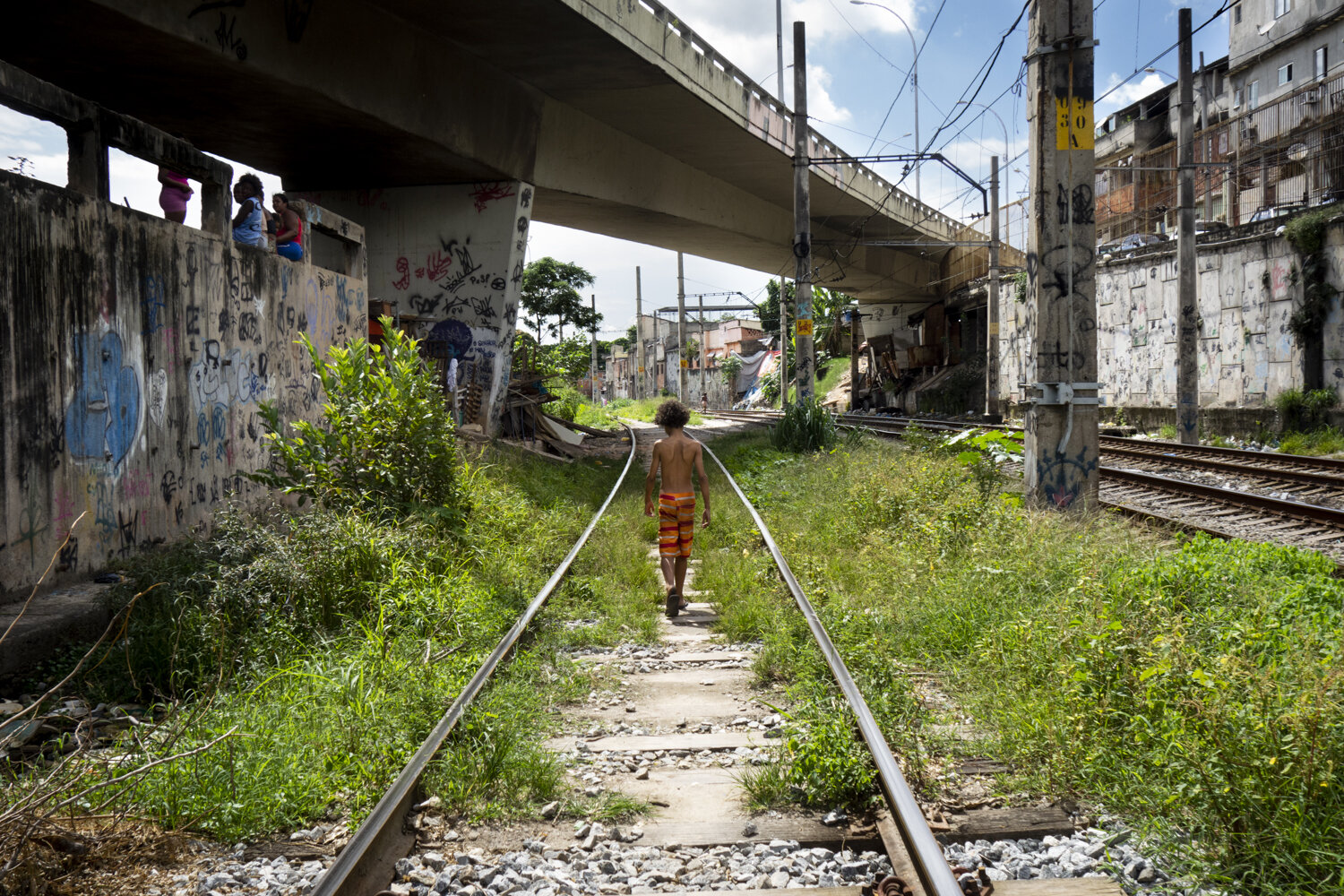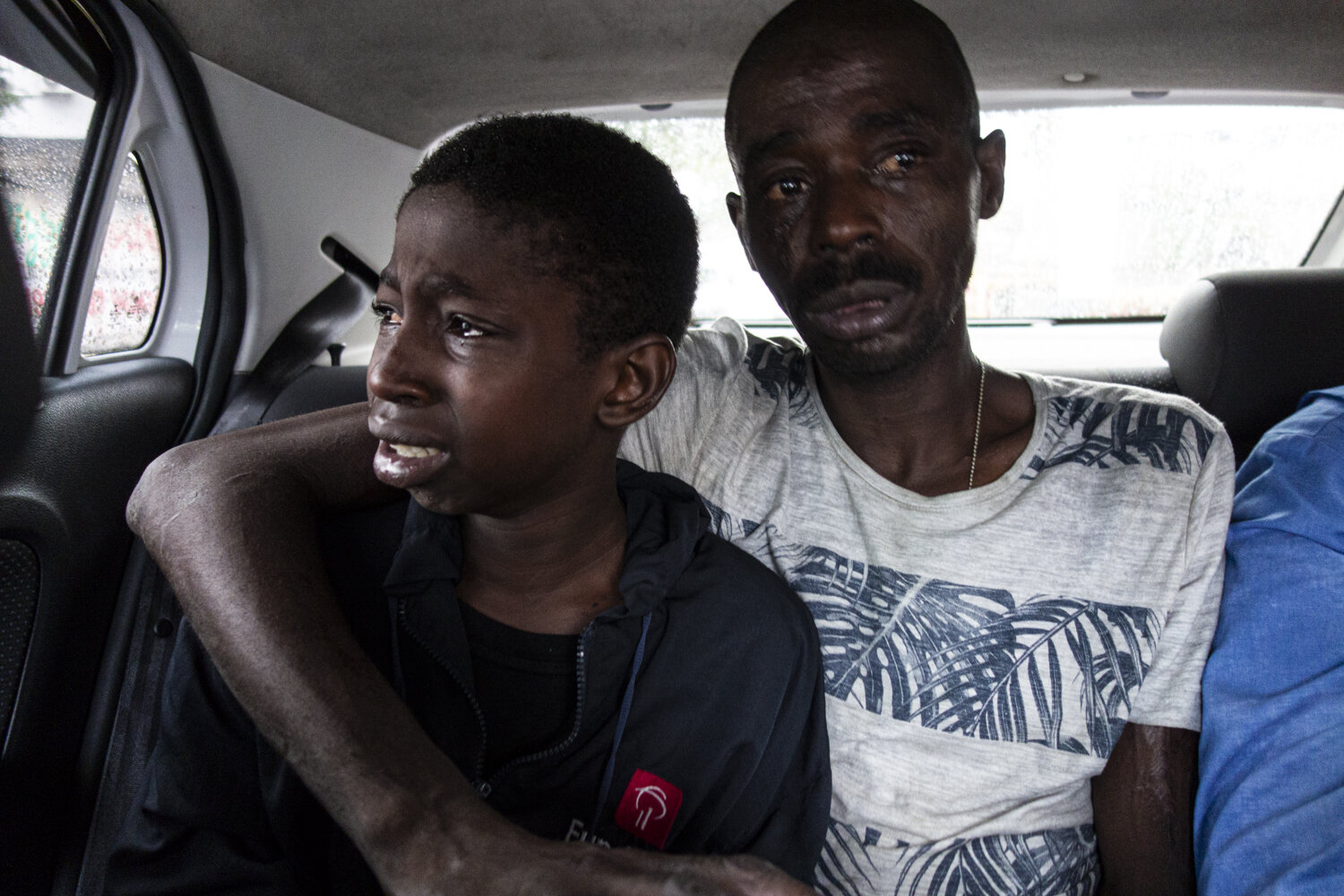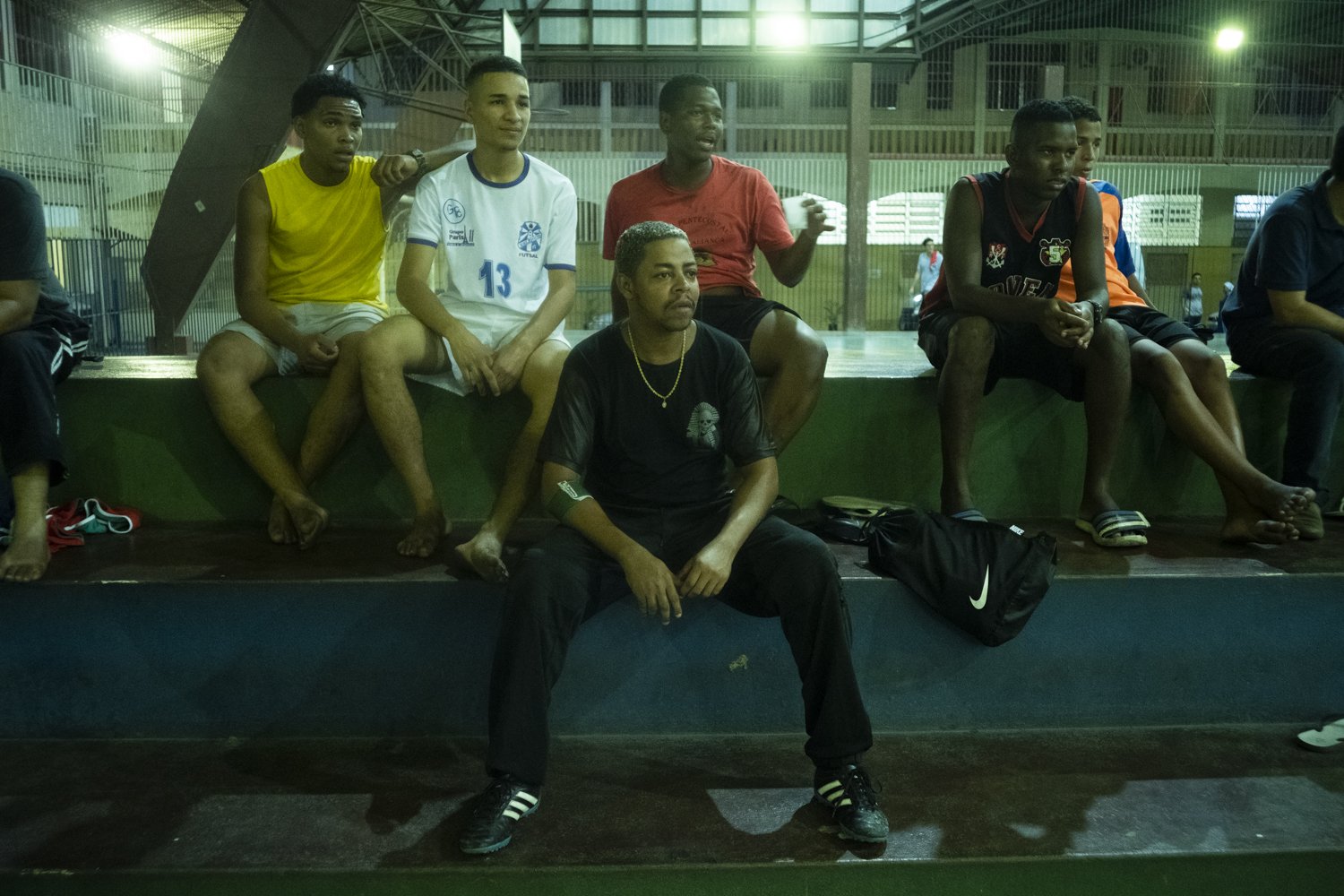The Marvellous City (Cidade Maravilhosa) of Rio de Janeiro, as it was once characterised through the words of Aurora Miranda back in 1956, is in truth a set of multiple and contradictory layers. The pinnacle point is reached in the contrast between the favelas and ocean-front apartments of Ipanema and Copacabana, a scene locally described as the dichotomy morro-asfalto, an expression pointing to the divisions and lines of segregation that give shape to the city.
To the visiting tourist the darkest sides of the city are seen in glimpses. From the beaches of Ipanema, to the stairs of Selaron and the statue of Christ the Redeemer, Rio seems as if shaped from a dream. But in the shade of its hills, locals draw a line on the asphalt from which walls grow, separating the slums from the middle to upper class condominiums. Violence is real and it affects both sides of the border.
One of the most worrying expressions of the Morro-asfalto dichotomy is the increasing violence affecting the younger generations. Children in Rio are killing or being killed by drug gangs running the favelas. According to the report by the United Nations International Children’s Emergency Fund (UNICEF), nearly four in every 1,000 Brazilian adolescents living in the country’s biggest cities are murdered before the age of nineteen. A significant factor in this violence is organised crime, which has much to gain from the social and economic marginalisation of youth, enabling them to recruit cheap, disposable labor, for illegal and life threatening work.
_________________________
A Cidade Maravilhosa do Rio de Janeiro, descrita nas palavras de Aurora Miranda em 1956, é na verdade caracterizada por um conjunto de camadas múltiplas e contraditórias. O ponto culminante é alcançado no contraste entre as favelas e os apartamentos à beira-mar de Ipanema e Copacabana, uma cena descrita localmente como a dicotomia morro-asfalto, expressão que aponta para as divisões e linhas de segregação que dão forma à cidade.
Para o turista visitante, os lados mais sombrios da cidade são vistos em vislumbres. Das praias de Ipanema, às escadas de Selaron e à estátua do Cristo Redentor, o Rio parece moldado a partir de um sonho. Mas na sombra das suas colinas os cariocas reconhecem uma linha sobre o asfalto, a partir da qual paredes crescem, separando as favelas para condomínios. A violência é real e afeta os dois lados da fronteira.
Uma das expressões mais preocupantes da dicotomia Morro-asfalto é o aumento da violência que afeta as gerações mais jovens. As crianças do Rio estão a matar ou ser mortas pelo tráfico. Segundo o relatório do Fundo Internacional de Emergência das Crianças das Nações Unidas (UNICEF), quase quatro em cada mil adolescentes brasileiros que vivem nas maiores cidades do país são assassinados antes dos dezenove anos. Um fator significativo neste violência é o crime organizado, que tem muito a ganhar com a marginalização social e económica dos jovens, permitindo-lhes recrutar de forma barata, trabalhadores descartáveis para o trabalho ilegal de risco.
